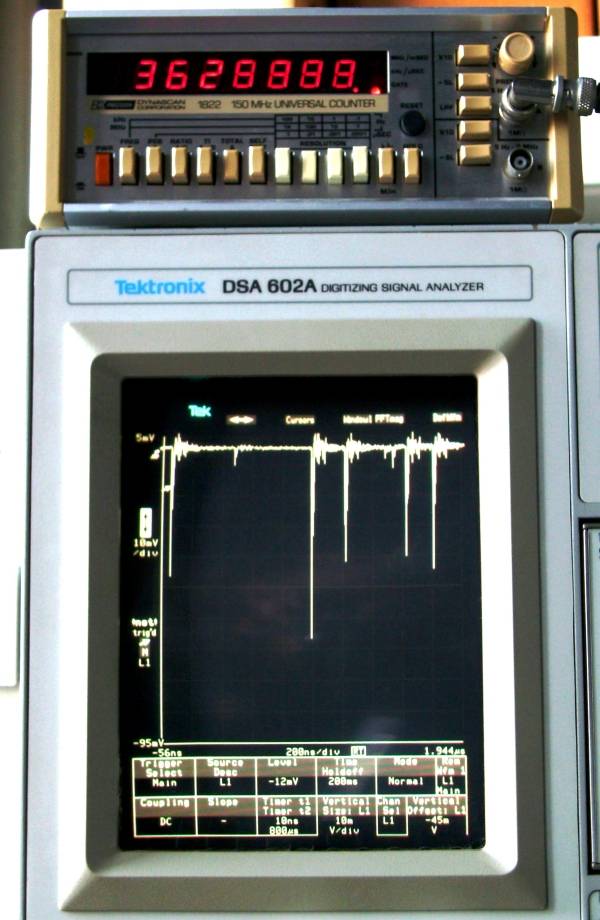1. Light and Radiation
Photons (1/4)
We have learned that light has the characteristics of waves. But still, it was difficult to understand how it is possible to see colours. We may even ask ourselves how our skin gets a darker tone when exposed to sunlight (and even faster when using a sunbed), whereas the light of a light bulb doesn’t have any effect on our skin at all?
Obviously the radiation emitted by the different sources of light differ from one another, so that they also evoke different reactions. Is it the colour of sunlight, which has a spectral distribution, that causes our skin to become brown? We often hear that sunlight contains ultraviolet radiation, and UV-rays are more energetic and hence harmful to the skin.
What is meant by the word ‘more energetic’? Is energy of light the same as intensity of light, as discussed in the earlier topic about electro- magnetic waves? To find the answers to these questions, let us take a look at an experiment.
The light detector used in this experiment is very sensitive and produces a signal by the smallest amount of light; such detectors are described in the section Measuring light intensity. The counter shows a rapidly increasing counting rate and several pulses are seen on the oscilloscope screen on the picture shown below. This can be seen more clearly in a Video (4.5 MB).


